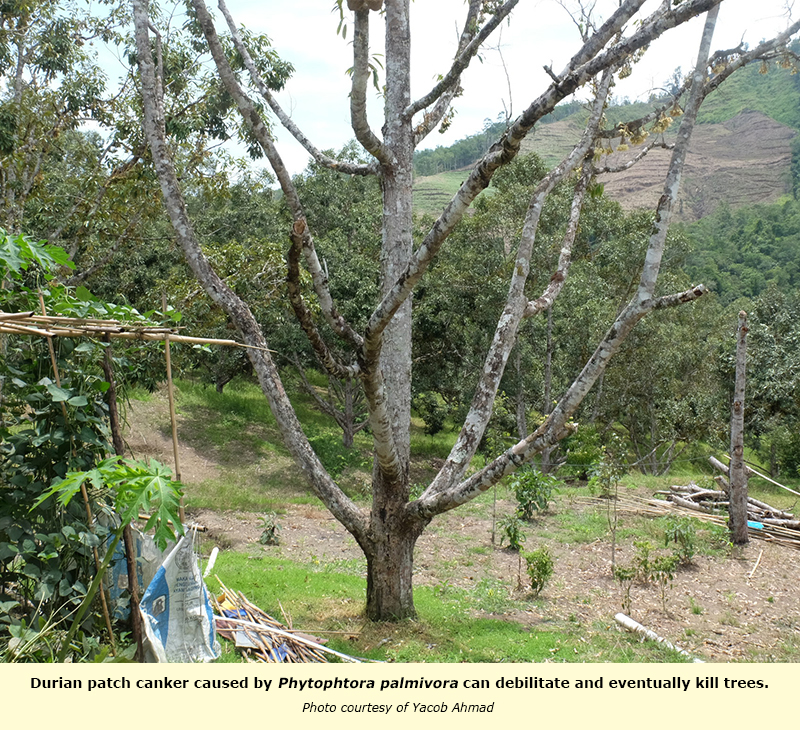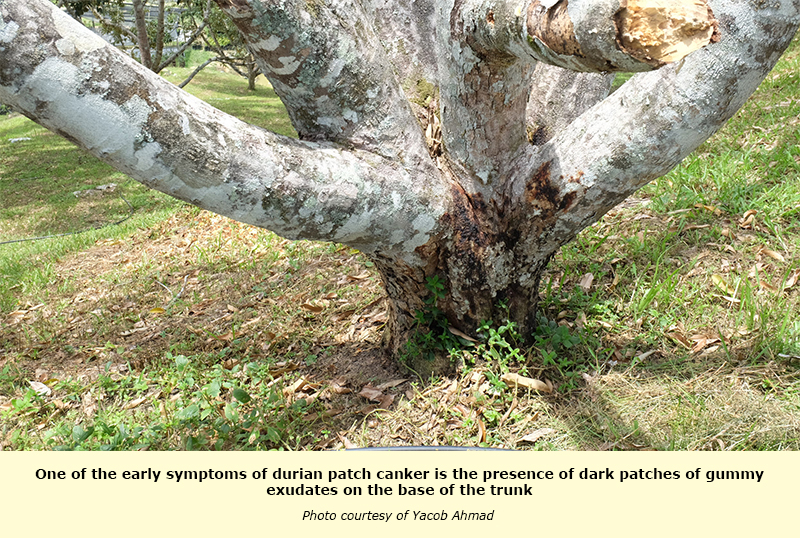The durian fruit has grown in popularity in the past few years due to increased demand from consumers, especially from China. The fruit also has a significant export market to Southeast Asian countries, Australia, and other western countries.
The boost in the durian market is partly due to the production of premium cultivars that have exquisite taste and good pulp consistency. With the recent interest and increasing demand for popular varieties such as D24, D197 (Musang King) and D200 (Black Thorn) from Malaysia as well as traditional Thai varieties like Monthong, Chanee, and Kanyau, the outlook for the fruit is very positive.
Thailand remains the main producer and exporter of durian. Other countries growing this unique fruit is Malaysia, Indonesia, Vietnam, Cambodia, and the Philippines. Modern farming techniques such as drip irrigation, improved fertilizer formulation and application, and better cultural and postharvest practices have contributed to the increased productivity of durian farms. In spite of this, the constant threat from diseases has always been a concern for growers.

Durian patch canker, also known as root rot, foot rot, and leaf blight, is one of the most dreaded diseases affecting durian. It is caused by the fungi Phytophtora palmivora and is prevalent in the humid tropics, affecting growers in Thailand, Malaysia, Indonesia, and Vietnam.
If not properly controlled, durian patch canker can cause the trees to debilitate and eventually die. Initial symptoms of the disease are the occurrence of dark patches characterized by dark gummy exudates on the base of the trunk, stem, and root surfaces. Leaves turn yellow and drop followed by an immediate excessive shooting.

Besides durian, the pathogen also infects cocoa, citrus, and recently oil palm. The disease is more common during the wet season. Another species Phytophthora citricola has also been reported to infect durian in Vietnam.
Management of the disease is a combination of cultural practices, chemical control, and biological control. The most important step is to prevent spread by constant monitoring of the farm to detect the appearance of disease symptoms. It has also been observed that the disease normally attacks older plants, which relates to plant health issues.
Management of the disease include:
a. For new plantings, a planting distance of 10.0 meters (square or triangular) apart is recommended to facilitate ample air circulation and reduce humidity to prevent a conducive environment for the disease to develop. It is advisable to keep the farm weed-free. It is also best to avoid growing durians in low lying areas with relatively high water table.
b. Proper pruning of branches to allow for good air circulation in the tree canopy.
c. Heavily infected and dead plants should be cut and burned. Meanwhile, the planting points limed and drenched with fungicides such as metalaxyl. Liming increases soil pH, as the fungi tend to survive less in a more alkaline environment.
d. Biological control using the fungi Trichoderma sp. has been observed to reduce incidences of the disease. Strains of Bacillus bacteria have also been reported to act likewise.
e. Maintain good tree health by irrigating during the dry months and applying smaller amounts of fertilizers more frequently. Supplementing with lime and organic fertilizers will also improve plant health.
f. Chemical control is executed by scrapping the bark of the infected area and painting alliete fosetyl alluminium (alliete) or metalaxyl (Ridomil). Depending on the degree of infection, both chemicals can be used in combination such as foliar applications of fosetyl-Al and soil drenching with metaxyl. It has also been cited that infected trees can be treated by injecting phosphoric acid into the tree trunk.
g. The most important prevention control is to inspect and monitor the trees more frequently to ensure that initial symptoms that appear are quickly remedied.
h. Monocrop plantations of durians may pose a risk with threats from the disease. It is advisable to practice mixed cropping of other suitable fruit types grown together with the main crop.

Isn’t too much rain are acidic to durian trees?